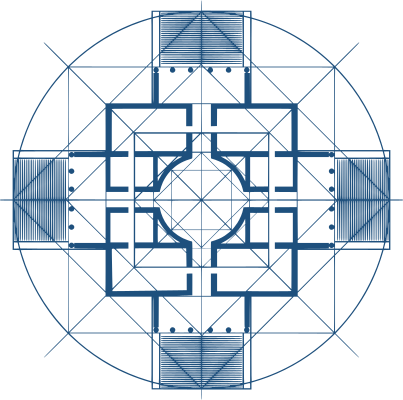Abstract
This paper investigates the characteristics of excellence in schools’ performance. The main objective is to highlight the characteristics of students and schools that seem to favour (or decrease) the probability of being top-performers in the mathematical literacy. In order to achieve these objectives, logistic regression models have been developed based on the OECD-PISA 2012 data of the Italian sample. The first analysis focuses on top-performers; the second analysis focuses on the characteristics of resilient top-performers and the third analysis focuses on the advantaged top-performers. The main results indicate strong differences in the Italian macro-areas: North-West and North-East obtain better results than the regions of the South in improving excellence. This is particularly true if the student comes from a family disadvantaged context. A second result is that there is a gender issue in excellence, which, if addressed, could significantly raise the percentage of top-performers across the country. The keys to addressing the gender difference include the following: to foster motivation of girls (and students in general) on mathematics, to orient students towards the choice of mathematically strong paths in the phase immediately before adolescence (when gender stereotyping in mathematics is activated).
Download
Fiore B. (2015) "Improving excellence in schools: Evidence from the Italian OECD-PISA 2012 data
", Italian Journal of Sociology of Education, 7(2), 126-156. DOI: 10.14658/PUPJ-IJSE-2015-2-6
Year of Publication
2015
Journal
Italian Journal of Sociology of Education
Volume
7
Issue Number
2
Start Page
126
Last Page
156
Date Published
06/2015
ISSN Number
2035-4983
Serial Article Number
6
DOI
10.14658/PUPJ-IJSE-2015-2-6
Section
Special Section

 © 2026 Padova University Press - Università degli Studi di Padova
© 2026 Padova University Press - Università degli Studi di Padova